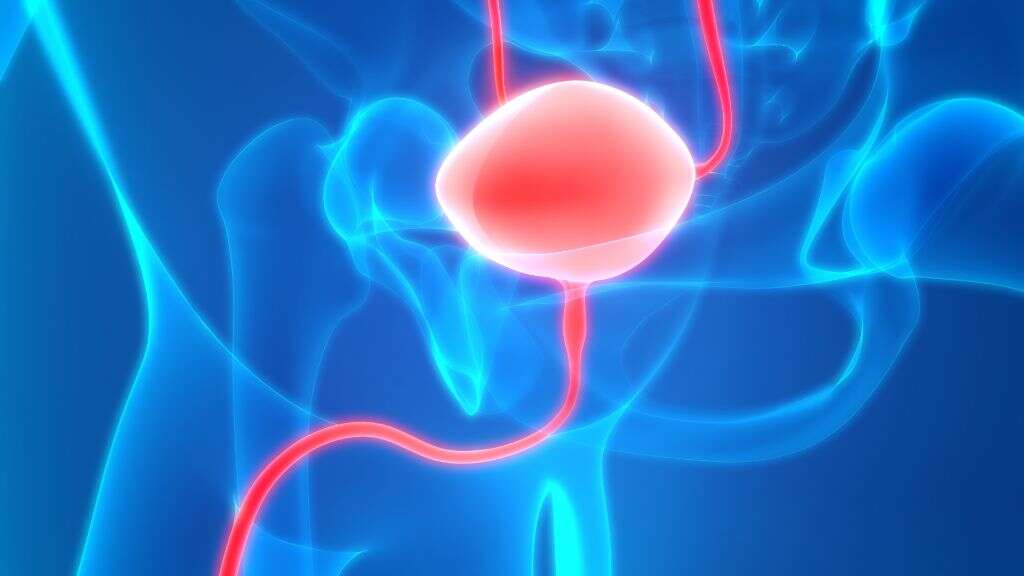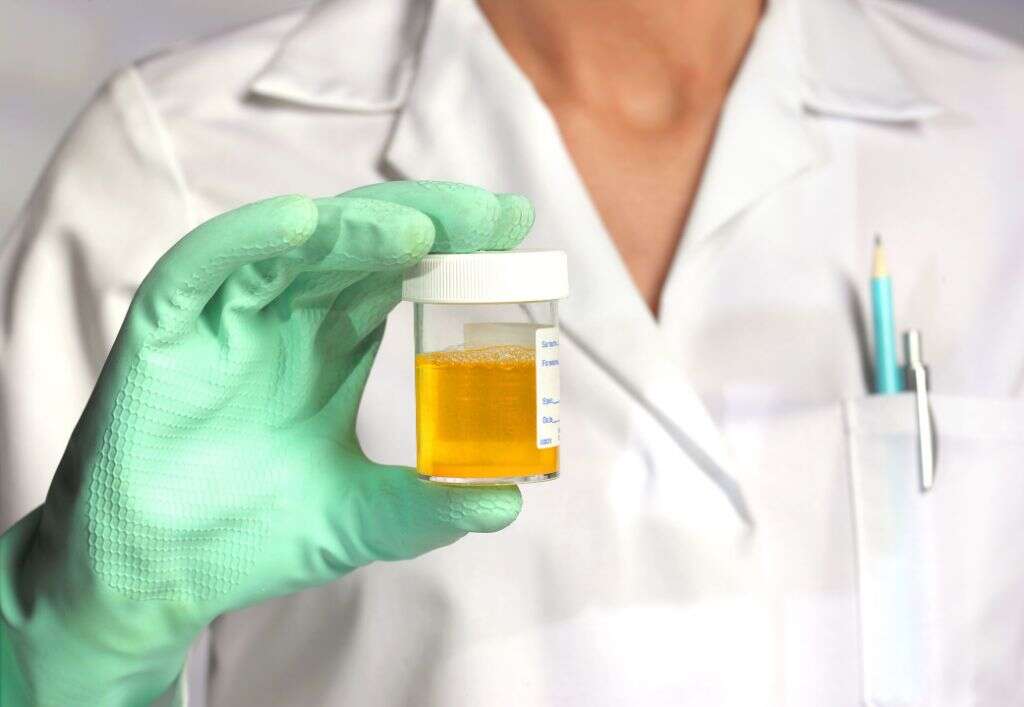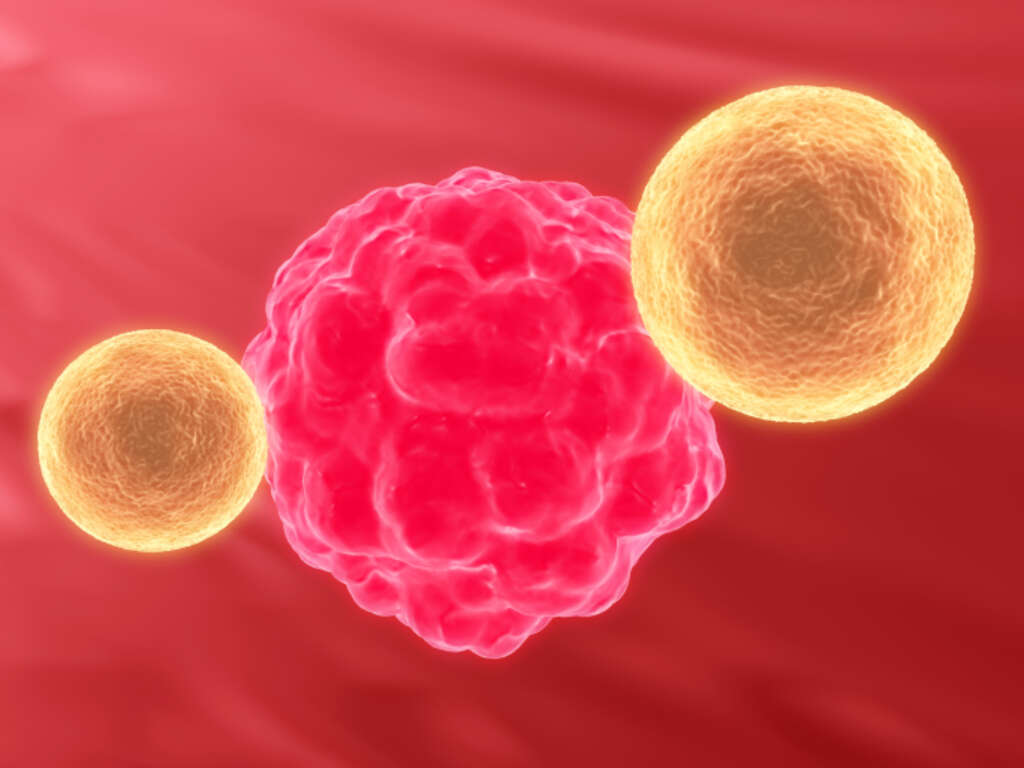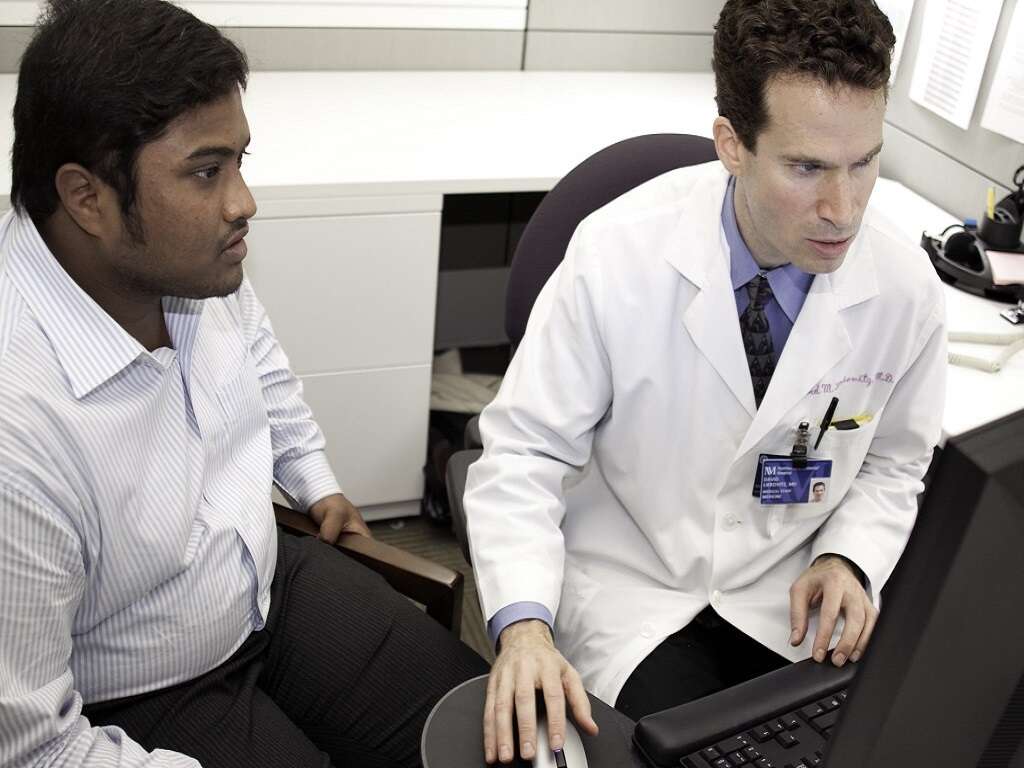What Is a Urinary Tract Infection?
We are under constant threat from infections, but still they tend not to happen regularly. When we do pick up an infection it tends to be after injury, or when we are ill and our immune system is weaker than usual. Thankfully our immune system and modern medicine will mean that only the more severe infections will cause problems for us.
Pretty much any part of our body can become infected, internally and externally. Our urinary tracts are no exception, and some people will experience infections here quite often. They are usually fairly easy to treat, but they will become serious in a small number of cases.

1. Urinary Tract Infection
As the name suggests, a urinary tract infection (UTI) is a type of infection that infects the patient’s urinary system. It is a relatively common condition and, thankfully, it is usually not serious. Treatment for such an infection is straightforward, and treatment can also be provided to help prevent such infections from happening in the first place.
Most urinary tract infections will be located in the urethra and the bladder, although other parts of the system can also be infected. Men and women can develop these infections, but they are more common in women than they are in men. Although they are not usually serious, they can cause potentially dangerous complications if not treated.

2. Cystitis
Cystitis is the technical medical term for an infection of the bladder, and is one of the most common types of UTI. As with other types of urinary tract infection, cystitis tends to occur when bacteria are able to enter into the system through the urethra. Escherichia coli is the most common culprit.
Women tend to be most prone to the disease simply because of the shorter distance between the bladder and the opening of the urethra. This makes it easier for bacteria to reach the bacteria, where they can then begin to multiply. Sexual intercourse will also sometimes introduce bacteria into the vagina.

3. Urethritis
Urethritis is an infection of the urethra, which is the tube that travels from the bladder to the opening at the penis or vagina. One of the most common causes of this type of infection is bacteria from the digestive system making it to the entrance of the urethra from the anus.
The female anatomy also means that women are more prone to developing urethritis in this manner. In addition, urethritis can also be caused by some sexually transmitted diseases. This includes disease like chlamydia, gonorrhea, and herpes. Urethritis is one of the more common varieties of urinary tract infection.

4. Symptoms
The symptoms of a urinary tract infection will depend largely on which part of the urinary tract is infected. For example, when the bladder is infected, the patient is likely to experience pain when urinating. Other symptoms of cystitis include discomfort in the lower abdomen and pressure on the pelvis. There may also be blood in the urine.
Patients with urethritis are likely to experience a discharge coming from their genitals, and a burning sensation when urinating. Acute pyelonephritis is an infection of the kidneys, and this can cause fever and chills, nausea and vomiting, and a pain in the upper back on the side of the infected kidney.

5. Complications
Urinary tract infections are usually straightforward to treat, but they will still sometimes cause dangerous complications. One of these is that an infection may end up causing permanent kidney damage. Some people might also find that the infections keep on returning even after clearing up completely.
Another potential problem is stricture, which is a condition in men where the urethra becomes narrower. Sepsis is another potential complication which is the result of a strong reaction to the infection by the immune system. Sepsis has the potential to be fatal and the patient must be found immediate medical assistance if sepsis is suspected.

6. Risk Factors
Just about anybody can develop a urinary tract infection, but some people are more prone to them than others are. As mentioned, women are more likely to have them then men are. Women that use certain types of birth control are also in a particularly high risk category, as are sexually active women.
People that suffer from kidney stones are also more prone to UTIs as are people that have certain abnormalities of the urinary tract. A recent procedure on the urinary tract is another potential factor, as is the use of catheters. Women that have been through the menopause are also more prone to UTIs.

7. Prevention
We can’t completely prevent UTIs from happening, but we can make them a lot less likely. One of the simplest ways to achieve this is to drink plenty of fluids. This will help to flush any bacteria from the system before they can get a foothold. Avoiding irritating feminine hygiene products can also help.
After using the bathroom, wiping from front to back can also help prevent UTIs because it can help prevent bacteria being moved to the urethra from the anus. You should also make sure to urinate after sex, and also drink water after sex. If you have a problem with regular UTIs, you should try changing your contraception method if you use one.

8. Diagnosis
Your doctor will need to know about your symptoms and your medical history. Tests will need to be performed to confirm a urinary tract infection, although this is relatively easy to do. A urine sample can be taken, and this can be used to look for bacteria, and other signs of an infection.
A cystoscopy may also be performed, which involves looking inside the urinary tract with help from a tube with a small lens attached. Imaging techniques may also be used which can help experts to look for signs of an infection. This is often done with the help of a specialized dye that will help to highlight certain structures on the images.

9. Standard Treatment
Because urinary tract infections are caused by bacteria, antibiotics are typically used to treat them. In many cases, this is the only treatment that will be needed and the patient should make a full recovery from the infection. The type of antibiotic used will depend on the severity of the infection, and the type of bacteria involved.
It might only be necessary to take antibiotics for a few days, and the infection will itself usually clear up in just a few days or so. In addition to treatment for the infection, your doctor may also prescribe medication for other symptoms such as pain and fever.

10. Other Treatments
Some people will experience more severe infections, or they might find that infections keep on returning. These cases will require different treatment from standard cases. For example, treatment might include a low dosage of antibiotics that is to be taken in the long term.
If you are prone to developing a urinary tract infection, then you may be required to take a dose of antibiotics after every time you have sex. If you have a particularly severe infection, then you may need to be admitted to a hospital where you can be given antibiotics intravenously. Estrogen therapy may also be prescribed in women that have regular infections.










